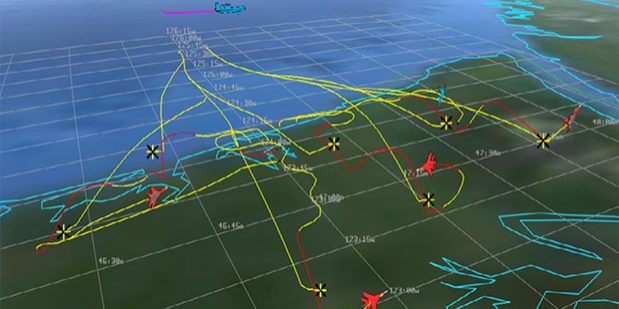Multiple factors limit the potential of modern autonomous systems (e.g., self-driving vehicles and uncrewed aircraft and watercraft).
Autonomy is learned through modeling and simulation, given the expense of training in the real world. Generally, it goes like this:
- A model of the intended platform requiring autonomy is created.
- The model goes through various simulations in an environment as realistic as possible to generate the data that trains the autonomous system to make the right decisions.
- After sufficiently training the model, those learnings are transferred to a physical system and tested to ensure the training works.
Training models in high-fidelity environments for Defense Department platforms can sometimes take months to even years. Furthermore, autonomy becomes vulnerable when faced with unknown situations/observations in the real world. This brittleness is known as the simulation-to-real (sim-to-real) gap. For example, a drone moving from a dense city to a coastal environment would encounter a dramatically different observation space.


